The cold snap of December 2022 was devastating for a lot of plants. As we reported, borderline hardy evergreens were one of the main casualties, with hebes leaves going black and and pittosporums losing their leaves. It is thought that is this was due to heavy rainfall in the proceeding November, followed by a sudden and severe cold snap in December.
With similar weather this winter - heavy rainfall and temperatures dropping, it's important to protect plants that hail originally from warmer climates. They need to be moved under cover, into a cold frame, conservatory, mini greenhouse, porch, shed or greenhouse, or given some protection outdoors.
Why does cold weather damage plants?
In our online poll, 71 per cent of respondents said they had lost plants to the cold snap. According to the RHS, plants need time to adapt to cold weather gradually and can be severely damaged if a mild autumn is abruptly followed by cold.
According to the Met Office, last year's meteorological winter (December 2022, January and February 2023) was actually slightly milder than average, with an average mean temperature of 4.3°C, 0.2°C above average.
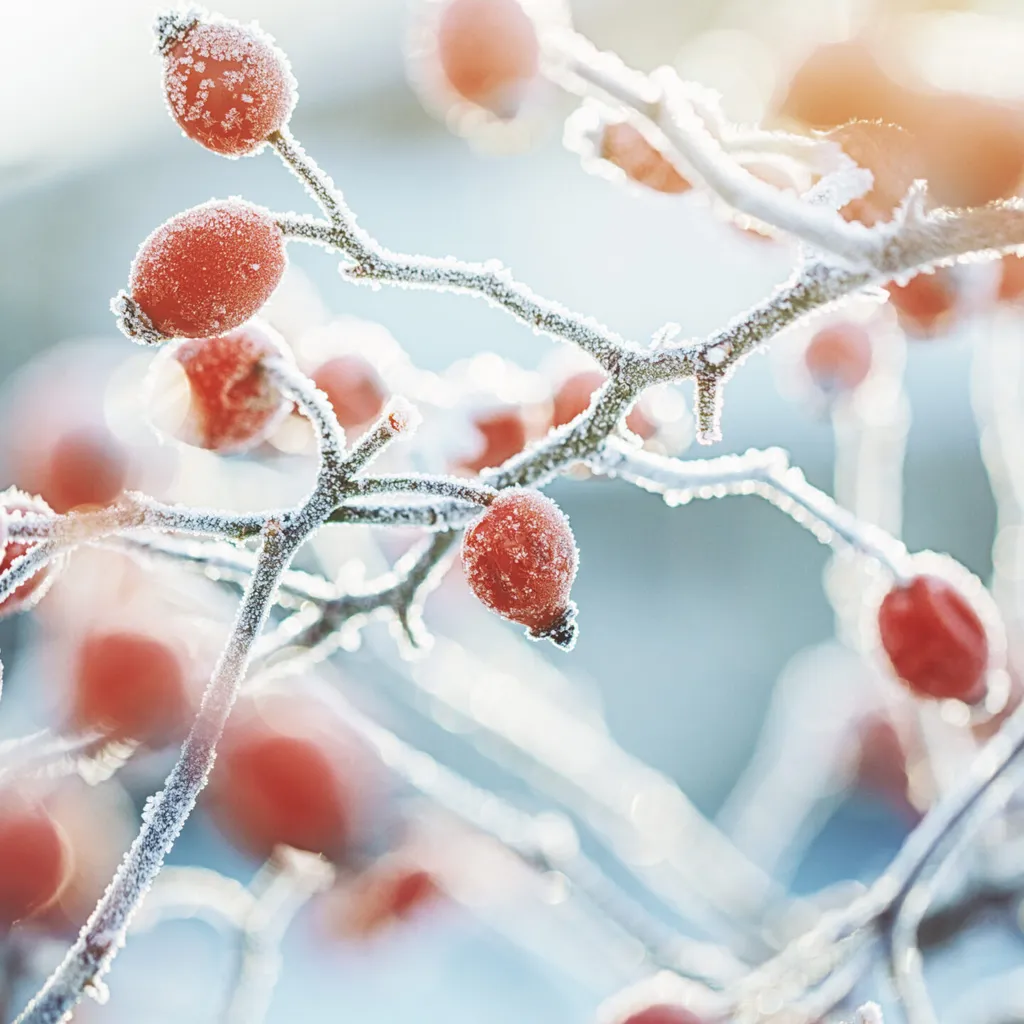
However there was significant rainfall in late autumn, followed by a significant spell of low temperatures in December, which saw temperatures drop as low as -17.3°C in Braemar, Scotland. There were subsequent spells of cold weather, too – including the coldest March temperatures since 2010.
Chief horticulturalist at the RHS Guy Barter told us: "In winter, average temperatures can be misleading... It is the extremes in temperature and duration of extremes that are significant. A brief dip to -8°C is much less lethal than prolonged periods at -8°C, when the ground freezes. This will put H3 plants at severe risk and imposes much cold stress on H4 plants, which they may or may not survive."
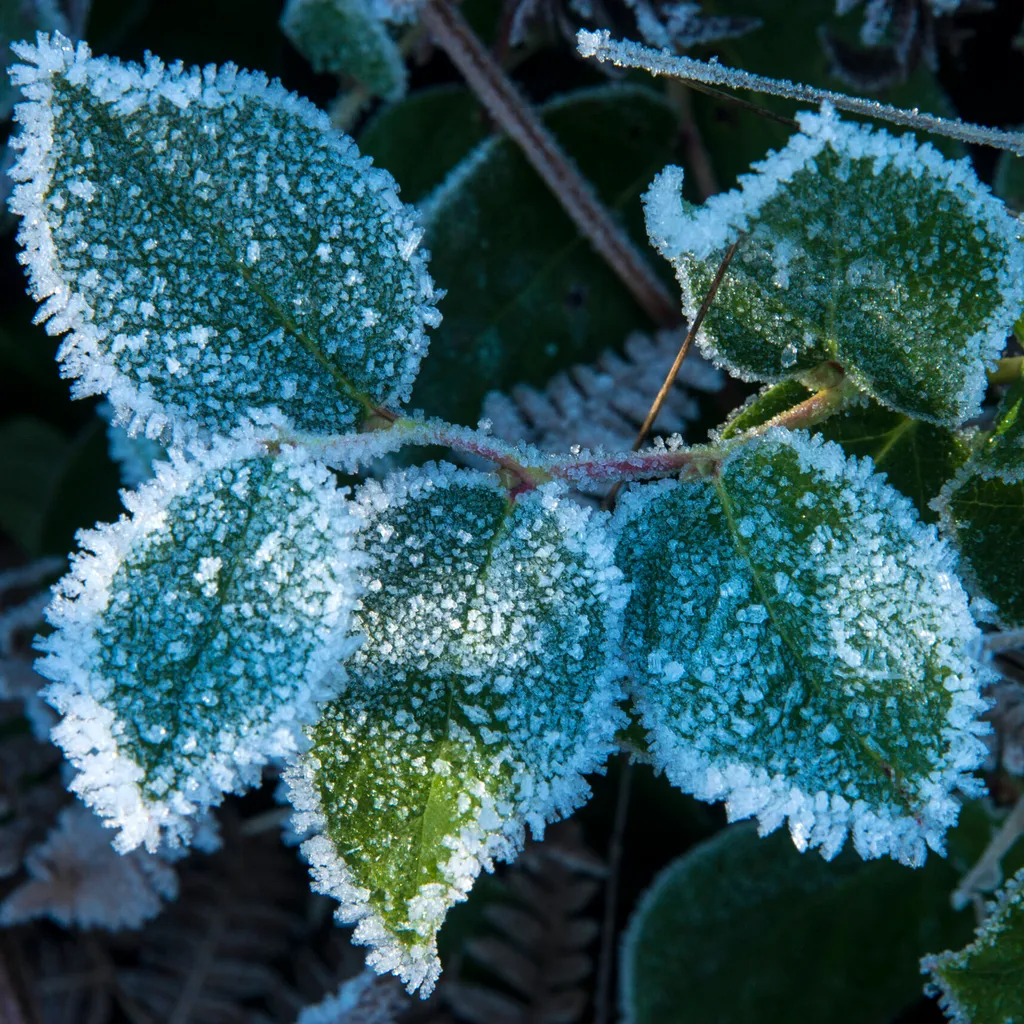
Protect your plants from the cold snap
Guy advises not to be complacent when it comes to winter plant protection. Mulch, fleece and wrap your susceptible plants and pots as soon as cold weather is forecast. In our poll, the plants affected last winter included rosemary, phormium, cordyline, lavender, euphorbias, ceanothus, star jasmine, topiary bay, cistus, Chinese witch hazel, fatsia, santolina, Erysimum 'Bowles's Mauve', hoheria, physocarpus, parahabe, crinodendron, elaeagnus, abutilon, grevillea, thyme, coronilla, convulvulus, bottle brush (callistemon), euonymus, date palm, daphne, privet, camellia, brassicas, passionflower and winter-flowering clematis.
The Royal Horticultural Society recommends taking the following steps before cold weather sets in:
- Bring tender plants inside into conservatories, greenhouses, homes and sheds.
- Repair greenhouses, mending cracks and gaps. Use fleece (biodegradable) and recycled bubble wrap to fend off cold. This also helps to keep plants dry. Read our advice on keeping greenhouse heating costs low this winter.
- Any tender plants that will be left outdoors, for example bananas and tree ferns, can be wrapped with chicken wire and packed with straw. Topping this with recycled polythene will prevent the insulation from getting soaked.
- Gather frost prone produce – for example beetroot, celeriac, and storing cabbage - and store under cover. Meanwhile cover carrots with cardboard as they taste best if left in the soil. It is worth covering winter leeks and parsnips so that some can be lifted even in severe freezes; brushwood, cardboard, fleece, hessian, recycled bubble wrap, and woodchips are all good options. Pumpkins, squashes and gourds will rot if too chilled so these are best kept inside at about 12C.
- Give evergreen branches a shake after snowfall, as they can snap if weighed down too heavily. Deciduous plants aren’t so much at risk of damage as without their leaves the snow will fall straight through. To prevent fine netting on fruit cage roofs from being damaged, either remove it before snowfall or shake the snow off afterwards.
- Help wildlife by leaving vegetation as long as possible before clearing in order to provide shelter for insects and food for birds.
- Top up bird feeders and position bird boxes to shelter birds and enable them to identify nesting sites in good time.
- Be careful with bonfires, looking out for hibernating creatures such as hedgehogs.
- Turn off the outside water supply and features and allow to drain, lagging any parts that cannot be drained. If concerned about ponds freezing, a floating ball will maintain an unfrozen spot. Check out our recommended insulated tap covers.
Guy Barter, RHS Chief Horticulturist, said: “While winter is known as the quietest time of year for gardeners it is important to take a few key steps to prepare your space for the cold weather. Ensuring that plants are suitably protected prevents lasting damage and prolongs the window for enjoying home grown produce. A bit of repair work and a general tidy up pays off when things start to pick up again in the spring, but be sure not to clear away all vegetation as this can provide much needed shelter and sustenance for wildlife.”
Best winter plant protection to use
Check out our full list of winter plant protection
Manufactum Sheep’s Wool Winter Protection Fleece
- Buy now from Manufactum (£9.90)
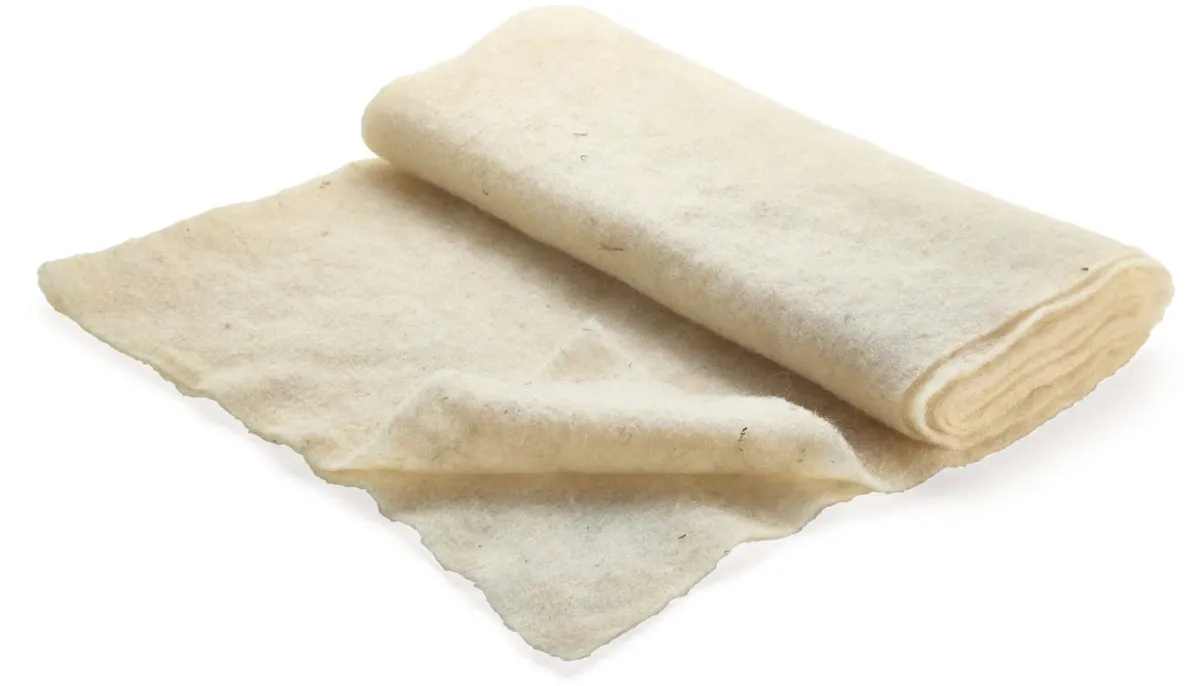
Another 100% natural alternative to plastic derived fleece and matting. This alternative fleece is again made from sheep’s wool, being a rougher bi-product of wool used for clothing. Once again it's perfect for protecting pots and young plants from wind, cooler weather and nocturnal frost. Wrap containers, cover your plants in their bed overnight or wrap around plants exposed to wind and prone to frost when cold temperatures are forecast. Make sure to remove from plants in the ground during the day when it is warmer to aid airflow.
Jute Hessian Winter Plant Protection and Rootballing Fabric
- Buy now from Broadoak Nursery (£8.95)
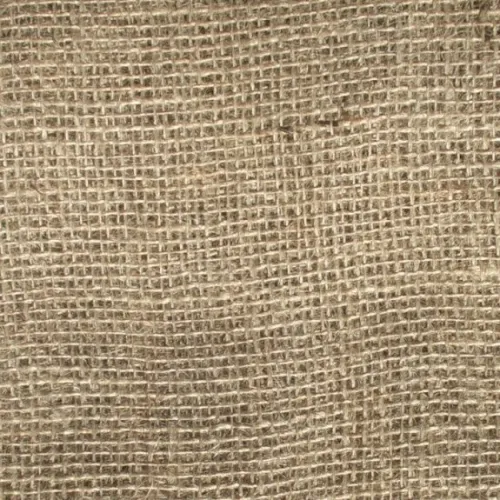
Natural jute hessian, also known as burlap, is a good frost protection fabric for wrapping larger borderline hardy and tender shrubs like bananas (Musa and Ensete) and tree ferns. It's completely natural, but very strong and tough. It allows water and air to pass through, and at the end of its useful lifespan is completely biodegradable.
Open weave hessian fabrics such as this one are ideal for frost protection as part of frame system with, for example, bamboo canes and an inner lining of straw. Hessian is also often used for covering the rootballs of trees and shrubs when transplanting them.
Earthcycle Winter Mulch
- Buy now from Earthcycle (£91)
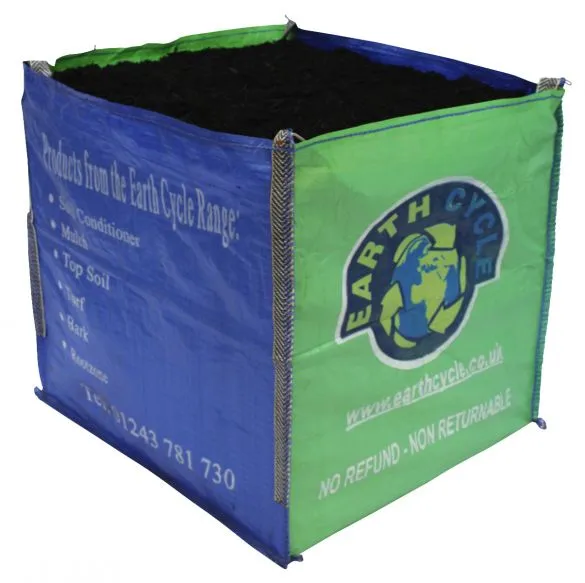
If you need mulch in bulk then a large 1000kg bag from Earthcycle is a great option for getting the job done fast. Earth Cycle Winter Mulch benefits all kinds of soils over the winter period and can even lighten heavy clay soils to make them more workable when worked into the top 15cm of soil. Apply a consistent layer to your beds and borders to insulate the soil below while its nutrients will look after and feed your veg and fruit planting such as tomatoes or strawberries all year round.
Don't miss the best insulated tap covers to buy.




